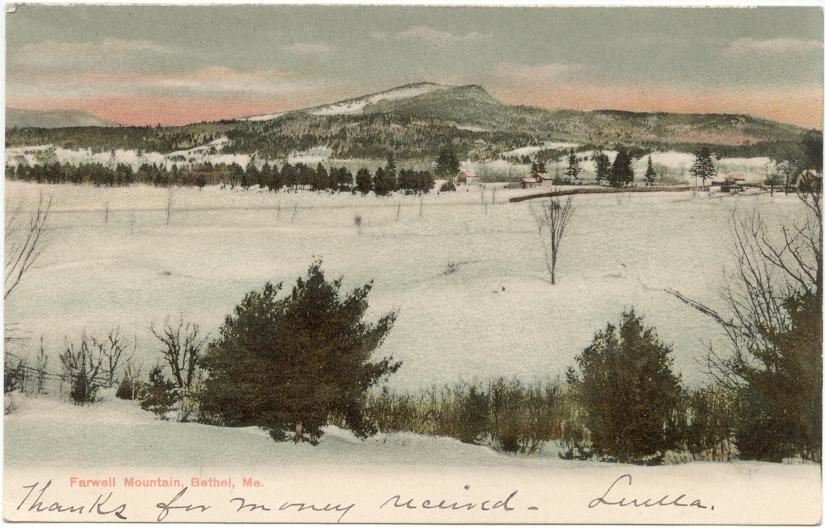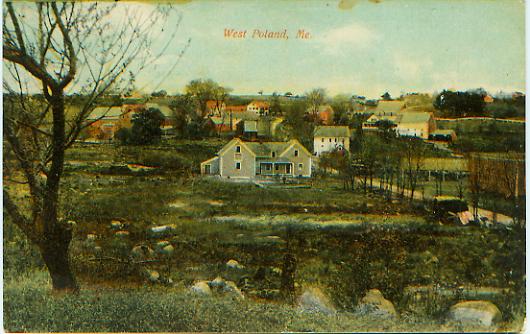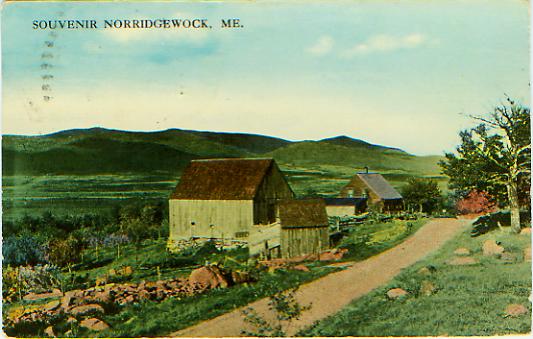History/ES 247 Reading Guide
Maine in the Early Republic: The “Northeastern” Frontier
- David Smith, “Maine’s Changing Landscape to 1820,” in Charles E. Clark et al., Maine in the Early Republic: From Revolution to Statehood (1988), 13-25. (e-reserve)
- John W. Adams and Alice Bee Kasakoff, “Wealth and Migration in Massachusetts and Maine, 1771-1798,” Journal of Economic History 45.2 (1985), 363-368. JSTOR
- Jamie H. Eves, “‘The Valley White with Mist’: A Cape Cod Colony in Maine, 1770-1820,” Maine Historical Society Quarterly 32.2 (1992), 74-107. (e-reserve)
Further reading:
- Jamie H. Eves, “‘The Acquisition of Wealth, or of a Comfortable Subsistence’: The Census of 1800 and the Yankee Migration to Maine, 1760-1825,” Maine History 35.1-2 (1995), 6-25.
- Joshua M. Smith, “Murder on Isle au Haut: Violence and Jefferson’s Embargo in Coastal Maine, 1807-1807,” Maine History 39:1 (Spring 2000): 17-40.
- Lloyd C. Irland, “Rufus Putnam’s Ghost: An Essay on Maine’s Public Lands, 1783-1820,” Journal of Forest History 30 (1986), 60-69.
- Richard Candee, “Maine Towns, Maine People: Architecture and the Community, 1783-1820,” in Charles E. Clark et al., Maine in the Early Republic: From Revolution to Statehood (1988), 26-61.
Questions:
- Why did settlers come to Maine, and in particular to the Kennebec and Penobscot River Valleys, in the years after the Revolution? Who came, and why did they leave their long-settled communities? What did they believe the Maine “frontier” (both on the coast and inland along the rivers) would offer them?
- Some of the new agricultural settlements replaced earlier seventeenth-century fishing, fur trade and lumbering economies in that region. Why did settlers persist in pursuing agriculture, given both their prior experience and the trials of farming in Maine?
- What kind of environmental/ecological experience and perspective did the new settlers bring with them? How did their previous experience in long-settled areas on the southern New England seaboard shape their cultural and environmental attitudes?
- What kinds of sources do these authors use to uncover the history of the Maine frontier in the early republic? How do these historians measure and interpret both change and continuity?
Map of the agricultural margin (the upland edge of the agricultural frontier) in Maine.
Map of the settlement of Maine between 1603 and 1799.
Map of the settlement of Maine between 1603 and 1829.
Map of the "emigration" of Harpswell families to Hancock Co., Maine, by 1800.
Postcards:

Farwell Mountain, Bethel, Me. (c. 1907)
- Thanks for money received. Luella.

West Poland, Me. (c. 1913)

Souvenir Norridgewock, Me. (c. 1913)
- One of the pretty back roads. It's a very pretty town all through. Helen
Link to views of Lower Penobscot River Valley Towns
